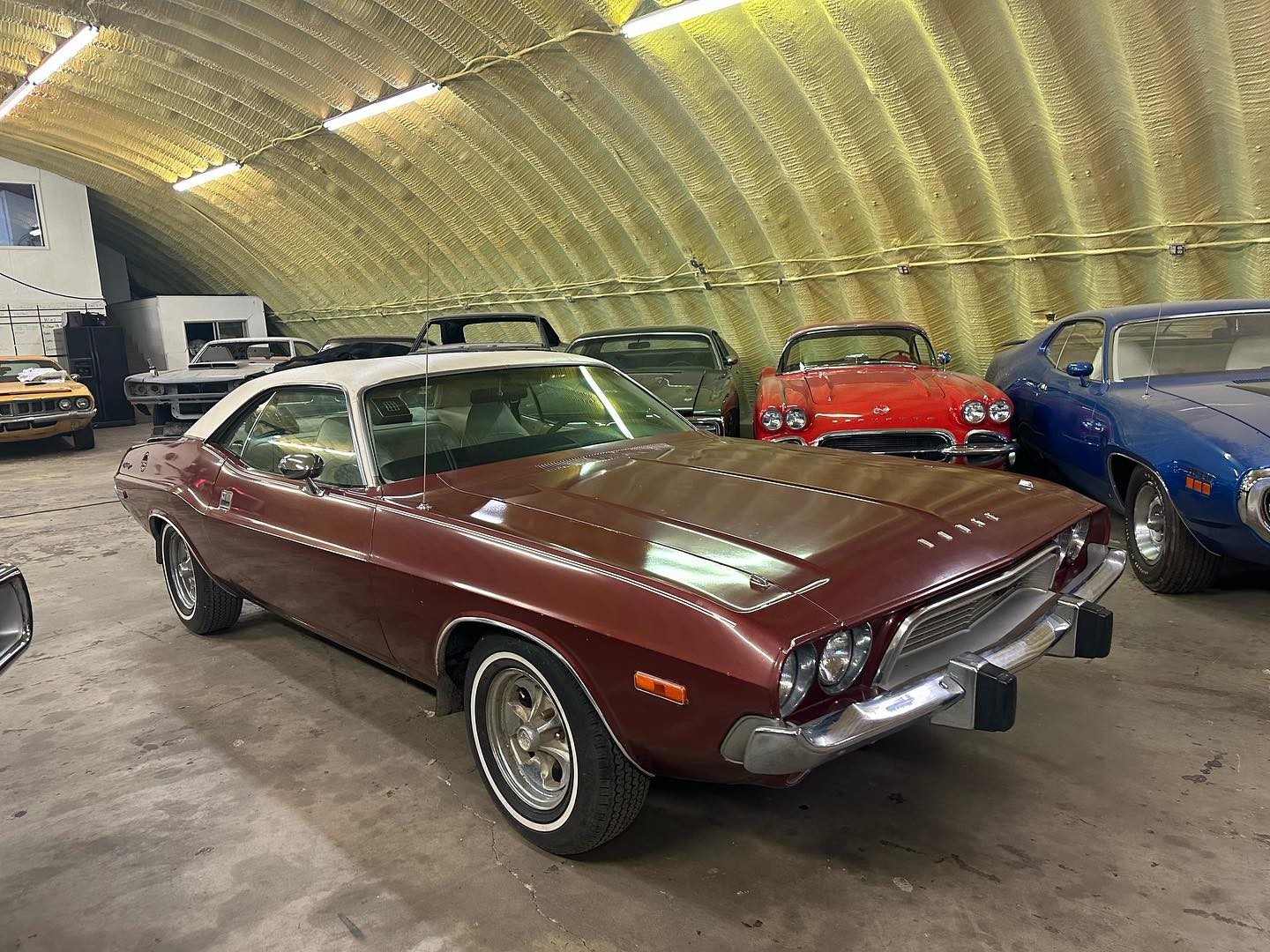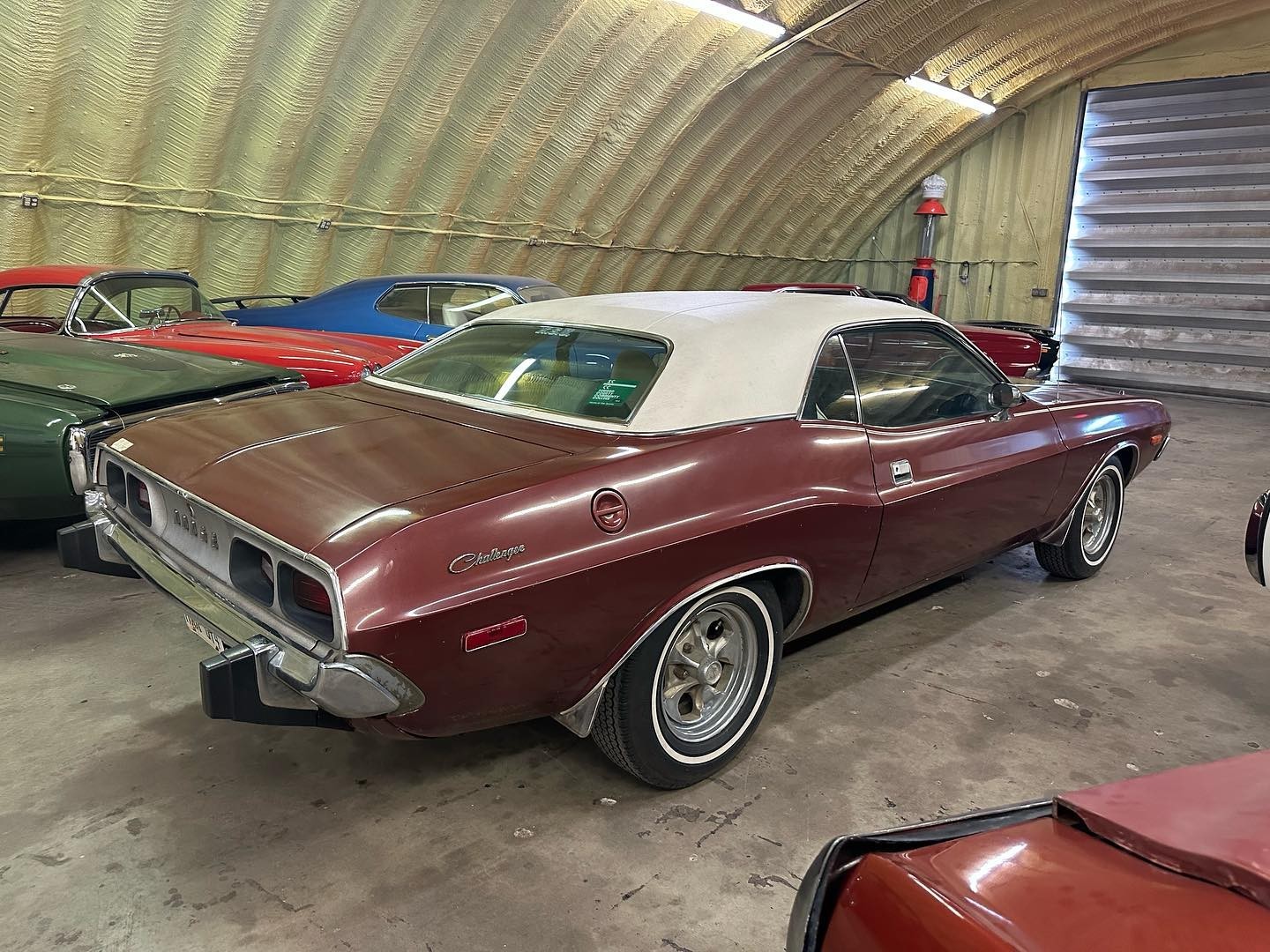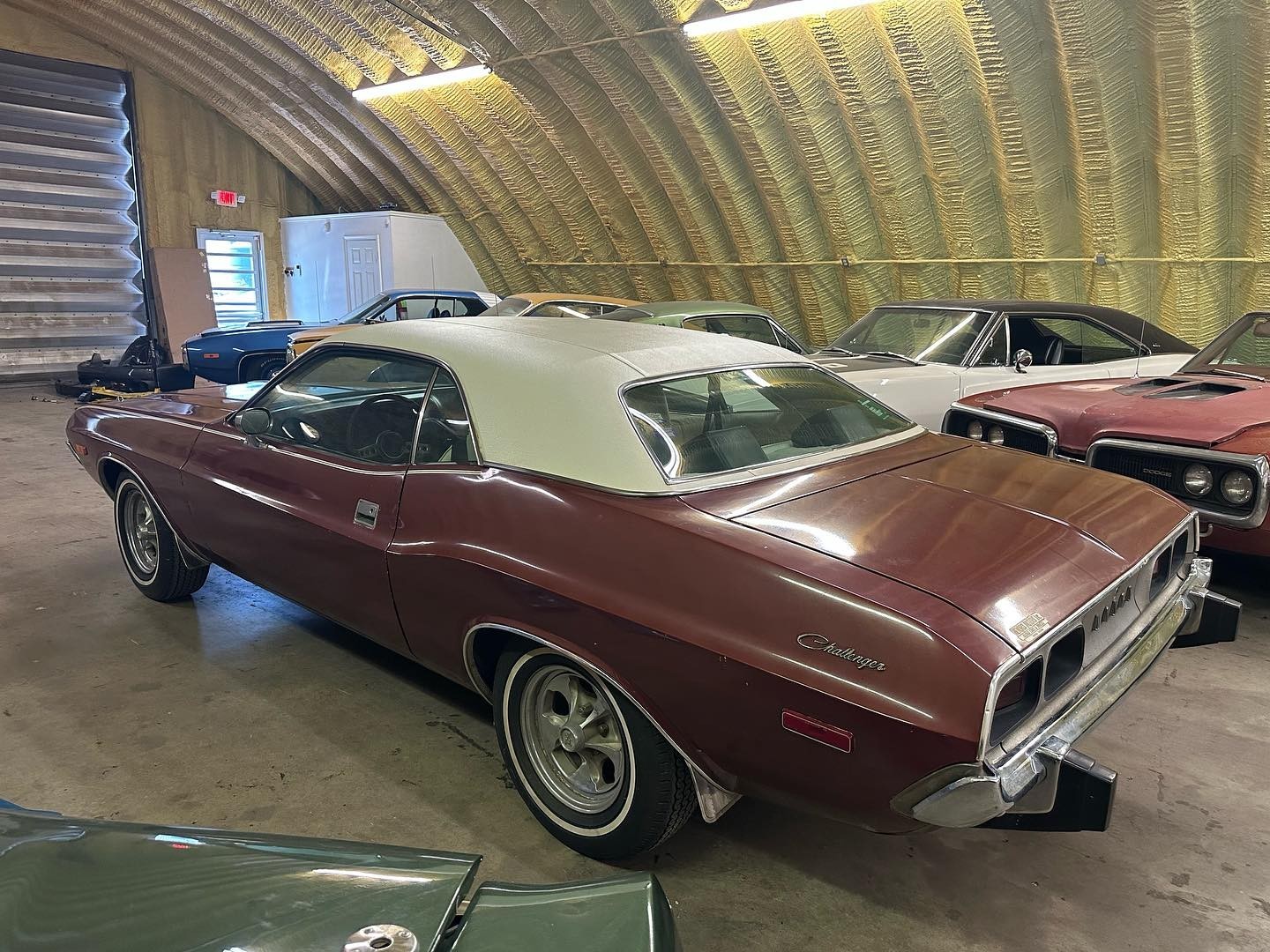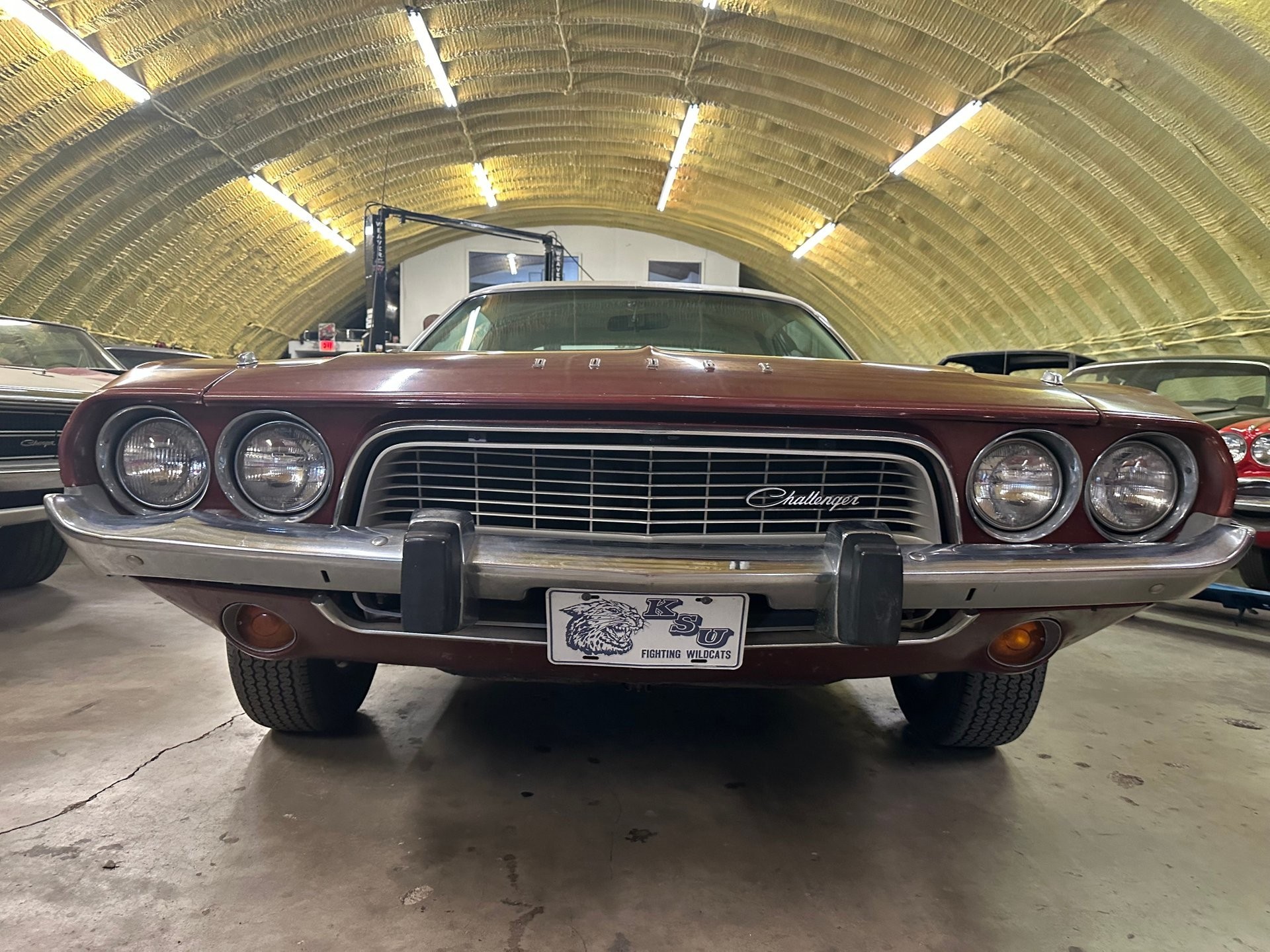1974 is probably one of the saddest years in automotive history; mainly, April is a month that should be commemorated with the star-spangled banner at half-mast and the stars at the bottom. Why? Because two of Mopar’s greatest icons were written off that fateful month: the Plymouth Barracuda and the Dodge Challenger.
While the ‘Cuda was never raised from its ashes, the Dodge got a second chance 34 years after its demise, and it stands tall and proud today, carrying the standard passed on by its forefather from the Muscle Car age. Although, by 1974, the muscle was out of America’s piston sacrificial offerings.
To compare just how bad those times were for automotive enthusiasts (please translate this into `irrecuperable tire-smoke-addicts`), look at the following example. In 1970, the newly-introduced Dodge Challenger offered a base engine with six cylinders, 225 cubic inches of displacement (3.7 liters), and 145 hp.

By the time it was axed five years later, at the end of April 1970, the Challenger’s entry-level engine was a 318 V8 (5.2 liter) that produced 150 hp. To call this a cataclysm would be a galactic-proportioned understatement, but it is what it is. Believe it or not, there were times when performance was abruptly all but banned altogether.
This piston prohibition from the seventies left us with some combustion oddities that make little sense nowadays but were commonplace half a century ago. Take this 1974 survivor Dodge Challenger as the perfect example of muscle car decay and misery.
Not that the car is in bad condition – quite the contrary: it’s a magnificent example of proper gearheadedness: it had one owner since new until it was acquired by the selling dealer in June of this year. Before that, it belonged to a man who bought the car new in February 1974 and served as his daily driver until 1989.

After loyally fulfilling its duties, the Challenger was parked for three and a half decades. Not abandoned, nor forgotten, just retired off the road – and the car’s current condition shows its owner took great care of it.
Very little rust – check the gallery for details – and only minor aesthetical imperfections (normal on any car with a whisker under 61,000 miles / 98,150 kilometers on the clock). The car has the standard 1974 engine but an optional transmission.
That would be the 318-cube V8 – only eight-pot plants were offered in the Challenger’s final year of its first generation – mated to a three-speed TorqueFlite automatic. Both drivetrain elements are original and numbers-matching, just like the 2.71:1 rear.

Again, the year was 1974, and fuel economy suddenly became a very highly prized attribute of American automobiles (the Arabs weren’t THAT fond of petrodollars, apparently). And the U.S. fuel emissions performance choke dug deeper the grave for muscle cars’ virility.
Consequently, the measly 318 only produced an SAE-net 150 hp (152 PS) and 255 lb-ft (346 Nm), largely due to an 8.6:1 compression ratio and a single two-barrel carburetor. With all the federally-mandated detuning, Chrysler’s copywriters must have had a very hard time writing something worth reading – and they couldn’t say much about the Challenger’s emblematic features.
Because they were long gone and forgotten by 1974. The big-blocks had been ditched at the end of the 1971 model year, and the only remaining engine options were the 318 and its 360 CID (5.9-liter) bigger brother. Performance was a thing of the past, so the main attribute of the nameplate wasn’t even hinted at in the sales brochures (check an example in the gallery).

Instead, drivability was the main characteristic, and comfort was emphasized: “Very plush. But far from stuffy” was the key message in the ads for this desecrated relic of a once-formidable machine. With all this against it, the Challenger sold just 16,437 units in its first generation’s final year – a 50% drop compared to 1973.Overall, some 188,600 Challengers were built in the five-year production run, and this individual unit we see here is among the last ones made.
Probably one of the very few survivors from the last year and definitely one of the best-looking unrestored examples. The car has about all the documentation one can ask for – including the original window sticker, purchase agreement, warranty paperwork, owner’s manual, broadcast sheet, door sticker, and decades of Kansas registrations. The Dodge has been maintained in a road-worthy state (legally speaking) until 2012 – that’s the last registration year of this superb survivor.
Among the few modifications made, the front bucket seats would be the most notable change – they were re-covered in the early 80s – and the CB and 8-track radio. Also, in 1978, a dealership installed a cruise control – and the paperwork backs this day-two addition.
